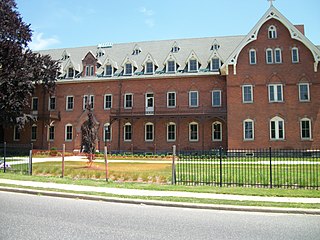History
The Huntington Railroad Company was chartered in May, 1890, and began operating on July 19, 1890 as a three-mile horsecar line between Halesite, New York through Downtown Huntington to Huntington Railroad Station. The Long Island Rail Road acquired control of this company on March 5, 1898, and transformed it into an electric trolley on June 17, 1898.
Control was transferred to an LIRR subsidiary called the Long Island Consolidated Electric Companies. The extension of the Huntington Railroad by the LICEC from Huntington to Amityville, was completed and put in operation on August 6, 1909. This line was 18.50 miles in length and reached from the harbor at Huntington to Great South Bay at Amityville, thus transformed Huntington Railroad into the only cross-island trolley on Long Island. Attempts to create other cross-island trolleys by the South Shore Traction Company and Suffolk Traction Company failed. Nassau County had trolleys that spanned the county, but they were never run by a single company.
From north to south the streets that the railroad ran along included Wincoma Drive, East Shore Drive, New York Avenue, Walt Whitman Road, Amityville Road, Broad Hollow Road, Conklin Street, Main Street (Farmingdale), Broadway, Sterling Place, Greene Street, Bennett Place, Richmond Avenue. Part of the right-of-way in Melville between Duryea Road and north of Old Country Road is today a realigned segment of NY 110. The former section is now known simply as Walt Whitman Road. [1]

As a cross-island line, the Huntington Railroad served all three Long Island Rail Road stations in its vicinity: Huntington Station, Farmingdale Station and Amityville Station. A tower at Farmingdale Station was the sub-station for powering trolleys. Between Sterling Place and Greene Street in Amityville, another separate ROW leading to a bridge for trolleys over the Montauk Branch existed just along the west side of Amityville Station. [2] In addition, Amityville Station also provided a connection to the Amityville Line of the Babylon Railroad, which was established in 1910, [3] and lasted two years after the original line of the Babylon Railroad ceased to operate.
Trolley service began to decline at the end of World War I, due to the cost of the war and the rise in the use of automobiles. Therefore, the LIRR prepared to remove involvement with trolleys. Huntington Railroad service ended on September 23, 1919, however, that was not the end of trolleys in western Suffolk County.











